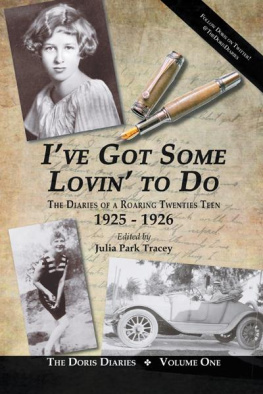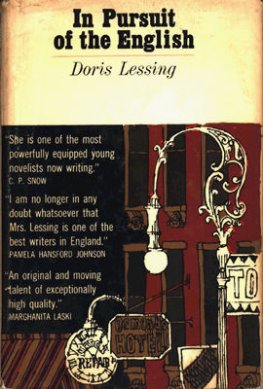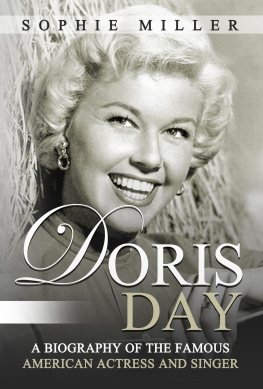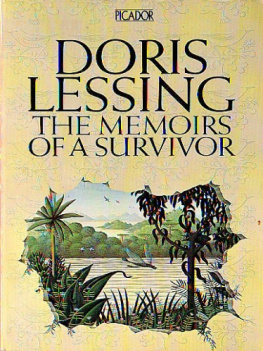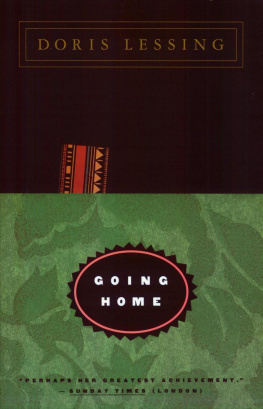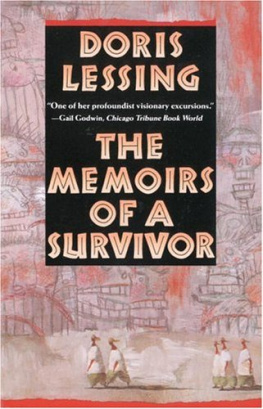Ive Got Some
Lovin to Do
The Diaries of a Roaring Twenties Teen
19251926
Edited by
Julia Park Tracey
iUniverse, Inc.
Bloomington
Ive Got Some Lovin to Do
The Diaries of a Roaring Twenties Teen, 19251926
Copyright 2012 by Julia Park Tracey
All rights reserved. No part of this book may be used or reproduced by any means, graphic, electronic, or mechanical, including photocopying, recording, taping or by any information storage retrieval system without the written permission of the publisher except in the case of brief quotations embodied in critical articles and reviews.
iUniverse books may be ordered through booksellers or by contacting:
iUniverse
1663 Liberty Drive
Bloomington, IN 47403
www.iuniverse.com
1-800-Authors (1-800-288-4677)
Because of the dynamic nature of the Internet, any web addresses or links contained in this book may have changed since publication and may no longer be valid. The views expressed in this work are solely those of the author and do not necessarily reflect the views of the publisher, and the publisher hereby disclaims any responsibility for them.
Any people depicted in stock imagery provided by Thinkstock are models, and such images are being used for illustrative purposes only.
Certain stock imagery Thinkstock.
ISBN: 978-1-4759-3984-2 (sc)
ISBN: 978-1-4759-3983-5 (hc)
ISBN: 978-1-4759-3982-8 (e)
Library of Congress Control Number: 2012913112
iUniverse rev. date: 07/31/2012
Contents
To all the Rebel Girls
All my life, my heart has yearned for a thing I cannot name.
Andre Breton
Portions of these diaries appeared first on Facebook and Twitter.
Copyright retained by the Bailey family and the Doris Bailey Murphy Trust.
This work of heart was made possible by the loving support of my dear husband, Patrick Tracey, and my five children (Mia Romero, Simone Rodrigues, Savanna Tracey, Anastasia Rodrigues, and Austin Tracey). My mother, Elizabeth Bailey Park, and my aunt, Barbara Bailey Wellner, deserve kudos both for their assistance with this manuscript and for their patience and perseverance over the years. Thanks also to my father, William Park, for telling me to go big.
Sister- and brother-writers who read, offered suggestions for, and supported this project include Dennis Evanosky, Mary Lee Shalvoy, Jordan Rosenfeld, Mhaire Fraser, Jack Mingo, and John Chilson; thanks also to readers Deanna Pervis, Kelly Conaboy Evans, Ginny Bauer Bucelli, Michael Singeman-Aste, Katje Sabin, Angela Barton, Emily Thayer, and Mary Ellen Morgan. Thank you to J. Astra Brinkman for amazing photographs. Thanks to Dennis Evanosky (again) and Eric Kos for photography, graphic design, and advertising support.
I also wish to give thanks to Lisa DeGrace of the Oregon Episcopal School for her own research into Doriss stay at St. Helens Hall, and to the Oregon Historical Society and Oregon Public Broadcasting for their early support.
And thank you, Twitter and Facebook communities (my invisible friends), for your enthusiasm and generosity in helping me find my way around Portland (virtually speaking), identify defunct landmarks, and laugh all the way through the process.
Last, thank you to Great-Aunt Doris, who was kind enough to save her adolescent thoughts on paper and then in perpetuity, so that we could live them again.
I never travel without my diary, Oscar Wilde famously wrote in The Importance of Being Earnest . One should always have something sensational to read in the train. Doris Louise Bailey, the teenager who penned what we now call The Doris Diaries, could have said the same.
The Doris Diaries are a lifetimes worth of diaries kept by Doris Bailey (later Doris Murphy), a Portland, Oregon, native who began keeping a daily record of her life as a fifteen-year-old in 1925. Doris Bailey Murphy was my great-aunt.
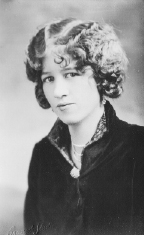
Doris Louise Bailey, age seventeen.
The diaries themselves are enchanting at first glancefilled with pen- and ink-scrawled daily gripes about school and stories of catching the streetcar and buying a new hat. But very soon, her use of contemporary slang ( pep , swell , gay , and sheik , for example) and her daily occupations bring to life the rapidly changing world of the mid-1920s. New technology and social change abounded during this time: Young Doris talked on the telephone with boys, played tennis, and danced to records on the Victrola. Her parents, pillars of the white, Protestant, upper middle class of Portland, had been born and raised in Alabama in the postCivil War era, with Victorian morals. But times were changing in the 1920s, and Doris constantly pushed the boundaries of what they thought was acceptable behavior for a young girl. She flirted with, kissed, and rode in cars with boys; she sneaked out the window at night, cut school, and chopped off her hair.
Her disdain for stolid conventions is evident in every entry. She was privileged, vain, judgmental, fickle, passionate, fashionable, consumerist, horny, untamed, and very romantic, imagining herself in and out of love with each passing day. And yet, she knew when her behavior was not very nice, calling herself out, in effect, when she knew shed pushed too far. In her room, at her desk, she soared into flights of fancy about the lonely souls living in the city she loved or an imagined idyll with her beloved Micky, and she wove a confusing tapestry of boyfriends (and a brother), seemingly all named Jack.
Doris cannot be removed from her context. She was writing in the mid-1920s, when it was commonplace to use racial slurs in casual conversation; indeed, she surely heard her father or brothers use such language. She did not hesitate to cross off her list of sweethearts boys who looked too dago or like a Jew, boo hoo. In the 1920s, Portland, Oregon, was a bastion of the Ku Klux Klan. And it was simply unheard of for a girl in Doriss social position to befriend anyone outside of her race, class, and perhaps even religion (she attended the Episcopal Church). Doris also gave herself the freedom to swear in her diary (note her use of d, progressing to damn, and the picturesque phrase Son of a seacook!).
Doriss interest in politics and culture had not yet awakened in her teen years, as is evident by her attitudes and essentially shallow thoughts. But in later diaries (beginning in her college years in Portland and Arizona, 1930), readers see her sense of injustice against the oppressed (her transformation from oppressor to liberator) take root. She continued her growth from Portland debutante to a young social worker, literary publisher (of The Dilettante , a literary magazine, in 1934), and arts champion (e.g., Skidmore Arts Center, another pet project, in 1935) through the 1930s. Doris studied social work, shocking the Reed College community when she interviewed prostitutes in Portland for her thesis. The dean called her parents for a conference to discuss the scandalous behavior. She graduated from Reed in 1938.
Doris left Portland that year for San Francisco, where she worked with World War II refugees at the Red Cross and became active in the labor movements that were burgeoning across America. She flirted with joining the Communist Party and began an affair (not her first) with a married man. He eventually got a divorce from his wife, and Doris and Joe Murphy wed in 1948. They lived in San Francisco, where Joe was in labor leadership until the 1960s, at which time they retired to Occidental, California, a small town in the redwoods and vineyards of Sonoma County. Joe died in 1987.
The Aunt Doris I knew (great-aunt, actually) was blunt, interested to the point of intrusiveness, and impatient with fools. She was brusque when annoyed, but tender with those she loved. I knew her from my earliest years until her death in 2011; until the last month or so she was lucid and as feisty and unrepentant as ever. Her condom earrings are the stuff of legend. She rode horses into her seventies and saw clients in her private counseling practice into her nineties. She published her autobiography at age ninety-six. From questioning me relentlessly about my boyfriends in my teen years to consoling me after a brutal divorce and always, always encouraging me and my daughters to aspire to artistic greatness, Doris was and remains a vivid presence in my life. I sit at her desk, a maple drop-front pigeonholed with cubbies for letters and notes. I eat from the dishes she used at her famous dinner parties. And on my right hand I wear a white sapphire and gold promise ring given to her by nobody knows whom. As much as I knew her, she remains a mystery.
Next page
